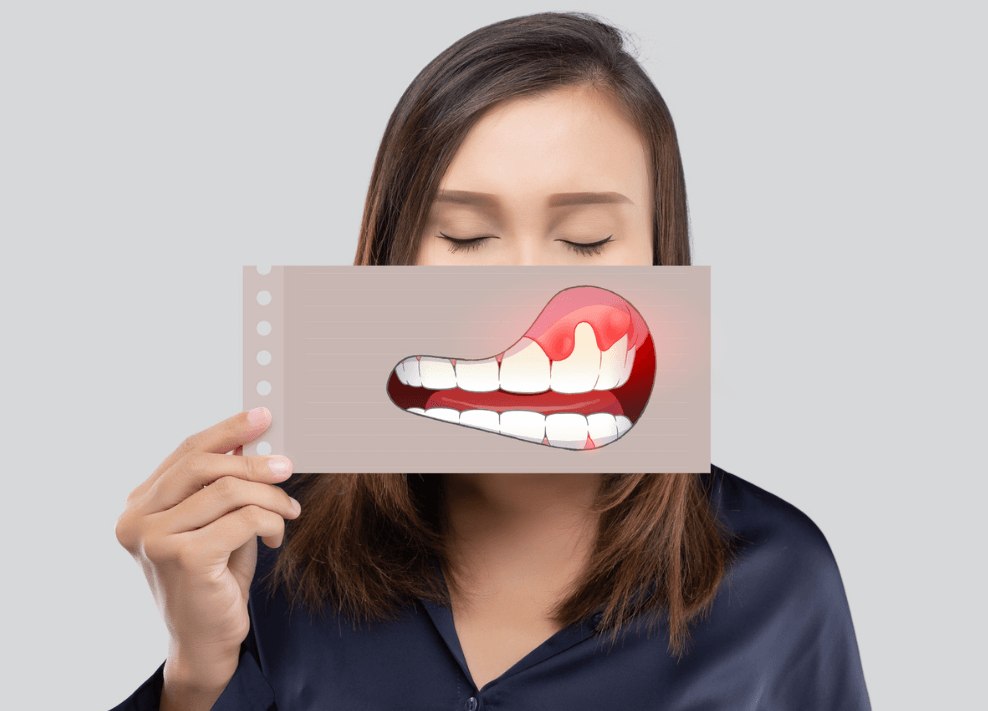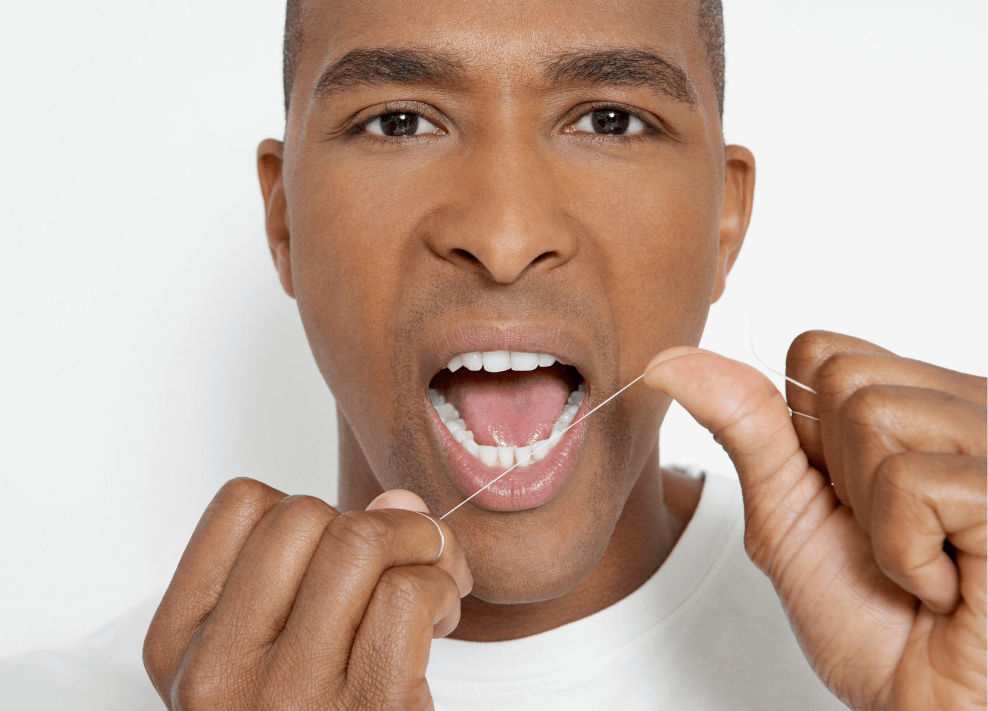What is gum disease?
- Gum disease is very common among adults, especially as they age, because it can develop over the years without much pain.
- If left untreated, infected gums can cause tooth loss, bone loss in the jaw and other serious medical conditions.
- Early gum disease, called gingivitis, is reversible when caught early.
- Gum disease can be easily detected by your dentist during a dental examination.
Gum disease, or periodontal disease, is a bacterial infection of the gums, ligaments and bone that support the teeth and hold them to the jaw. It can sneak up on you if you don’t take good care of your teeth. It usually worsens at a slow pace over time and with no pain. But this condition can become dangerous if it goes undetected, and not just for the teeth you could lose. There is credible and increasing medical evidence that gum disease may be associated with serious health conditions like heart disease and strokes.
Plaque is a sticky film of bacteria that forms on your teeth. These bacteria feed on the sugars and starches left behind after meals. If this plaque is not removed, it may eventually harden into calculus (tartar). When plaque bacteria build up on this hard surface, it irritates and erodes healthy gum tissue. This early stage of gum disease is called gingivitis and it is reversible. This means the effects can be stopped and the gums can return to normal.
If gingivitis is left untreated, pockets begin to form between the teeth and gum tissues. This leads to tooth loss. This irreversible stage of gum disease is called periodontitis.

Early detection
Because gum disease is painless until the final stages, it often goes unnoticed. The good news is that gum disease can be stopped. Gum disease can be easily detected by your general dentist during a dental examination. That is why regular checkups are important. Your dentist or dental hygienist may do a periodontal examination. This is when a small measuring instrument is inserted between the tooth and gum to measure how deep the pockets are between your teeth and gums. X-rays may be taken to look at the bone supporting the teeth.
If you notice these warning signs, see your dentist immediately.
- Gums that bleed when you brush your teeth
- Red, swollen or tender gums
- Gums that have pulled away from your teeth
- A metallic taste or persistent bad breath
- Pus or discharge between your teeth and gums
- Loose or separating teeth
- A change in the way your teeth fit together when you bite
- A change in the fit of partial dentures

Risk factors
- Smoking is a major risk factor to your oral health. Not only do the chemicals in tobacco have a harmful effect on your oral tissues, but can deplete vitamin C and other nutrients and reduce your resistance to periodontal disease.
- A poor diet is also a contributing factor, especially a diet high in sugars and other sticky or gummy carbohydrates and low in the minerals and vitamins needed for healthy gums, teeth and bones.
- Hormonal changes during pregnancy increase the blood supply to certain tissues in the body including the gums. As a result, pregnant women may experience red, tender or bleeding gums.
- Stress can also be a contributing factor because it diminishes your body’s ability to fight infection. Diabetes, AIDS and other health conditions can lower resistance to gum disease.
- Poorly aligned teeth or poorly fitted partial dentures or bridges.
Treating gum disease
In the early stages of gum disease, treatment usually involves removing the plaque and calculus in the pockets around the tooth and smoothing the root surfaces. This is called scaling and root planing. In combination with proper daily home care, this is all that is usually required to stop the development of the disease.
If you wait until the symptoms are more advanced, a referral to a periodontist may be necessary and, in some cases, surgical treatment.

Prevention
- Brush your teeth twice a day with a soft-bristled toothbrush. Hold the brush at a 45-degree angle to the gum line and gently clean where the gums meet your teeth.
- Clean between your teeth at least once a day with floss to remove bacteria, plaque and food particles where your toothbrush can’t reach.
- Eat a balanced diet.
- Don’t smoke.
- Visit your dentist regularly for a preventative checkup and professional cleaning.

